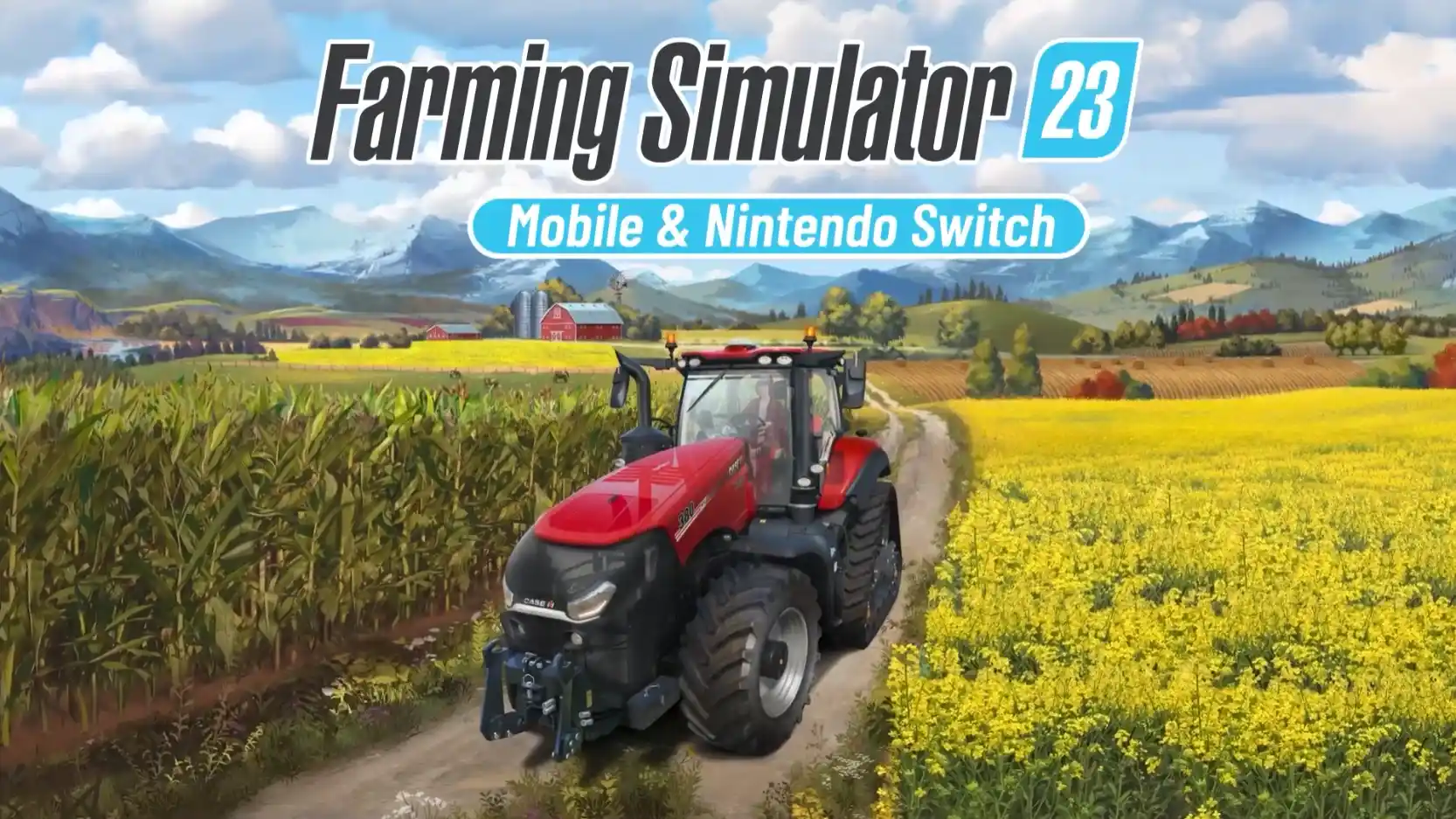In Farming Simulator 23, you may enjoy the satisfaction of running your very own virtual farm. Feeding your cows to maintain their health and productivity is one of the most important duties in this realistic farm simulation. A successful cattle operation depends on feeding these delicate animals properly.
We will lead you through the process of efficiently feeding cows in this guide. To suit their nutritional demands, you must first prepare the proper feed, such as hay or silage. We’ll then go over the several feeding strategies available, from human distribution to automated systems, so you can pick the one that works best for your farm.
Maintaining a healthy diet for your cows is essential since it has a direct impact on the amount of milk they produce, which in turn helps your farm make money. In order to have a prosperous agricultural enterprise, let’s get our hands dirty and learn how to master the art of cow feeding in Agricultural Simulator 23.
Article Contents
How to feed cows in farming simulator 23
This in-depth guide will take you step-by-step through feeding cows in Farming Simulator 23, going over different feeding techniques and best practices to make sure your livestock flourishes.
1. Understanding Cow Nutritional Needs
It’s important to comprehend the nutritional needs of cows before getting into the specifics of feeding them. Cows are ruminant creatures, which means they have a four-chambered digestive system. Roughage (fiber), concentrates (grains), and water all belong to a balanced diet.
There are numerous forms of feed in Farming Simulator 23, including hay, grass, silage, and TMR (Total Mixed Ration). The nutritional value of each feed varies, which has an impact on milk production and general animal health.
2. Harvesting and Preparing Feed
You must first grow or buy the essential crops before you can start feeding your cows. For instance, you can grow alfalfa or grass to make hay, or you can collect maize and grass to make silage. A different option is to purchase pre-made feeds from the in-game market.
When your feed is prepared, store it correctly to avoid spoiling. While hay can be stored in barns or storage bales, silage must be kept in a silo. Do not forget to monitor the feed levels and replenish supplies as necessary.
3. Manual Feeding
Farming Simulator 23’s manual distribution of grain is the simplest way for feeding cows. You can simply engage with the cows by walking up to the feeding area with your preferred grain. The herd will gradually devour the feed, and you can watch to make sure they have enough by keeping an eye on their feed levels.
Even while this approach is simple, it could take a while, especially if you have a sizable herd. Smaller operations or situations where you require complete control over feed distribution are better suited for manual feeding.
4. Using a TMR Mixer Wagon
A TMR Mixer Wagon provides a more effective feeding solution for larger livestock farms. The TMR Mixer enables you to produce Total Mixed Ration, a well-balanced mixture of several feeds that guarantees cows receive all crucial nutrients in a single mixture.
The chosen feeds (grass, hay, silage, or concentrates) should be loaded into the TMR Mixer Wagon and mixed in the appropriate ratios before usage. Drive the wagon to the cowshed when the mixture is ready, and the cows will start consuming the TMR on their own.
5. Implementing Automated Feeding Systems
As your farm expands, manually managing feeding activities gets more difficult. To make the procedure simpler, Farming Simulator 23 incorporates automated feeding devices like the Cow Husbandry Automation.
You can set up specific feeding sites, silos, or bale storage points with Cow Husbandry Automation. You will be less directly involved in the feeding process because the system will automatically feed the cows at regular intervals with the proper amount of feed. By automating these processes, time is freed up for other farm management tasks.
6. Ensuring Water Availability
For the welfare of your cows, correct nutrition and access to clean, sufficient water are essential. Make sure your farm has adequate water stations properly positioned across it. In Farming Simulator 23, cows drink from specific water troughs. To avoid dehydration and keep the cows’ health at its highest level, check and refill the troughs frequently.
7. Monitoring Cow Health and Productivity
Diet has a significant impact on the production and overall health of cows. The animal dashboard in Farming Simulator 23 allows you to keep tabs on the health of your cows. You can find important data here, like milk yield, productivity, and health indices.
Pay close attention to the dashboard, and if you observe any declines in performance or health, look into the potential reasons. To help them grow, modify their nutrition, offer any necessary medical attention, and make sure they have a clean, pleasant habitat.
8. Considerations for the Seasons
Farming Simulator 23 contains realistic seasonal variations that have an impact on crop growth and pasture options for cows. Fresh grass is difficult to get in the winter, therefore it’s critical to prepare a supply of food in advance. Make sure you have enough hay or silage in storage to keep your cows alive during the colder months.
Conclusion
In Farming Simulator 23, feeding cows is a crucial part of maintaining a productive virtual farm. The health and production of your cattle depend on your knowledge of their nutritional requirements, your ability to harvest and prepare feed, and your choice of feeding techniques.
A well-fed and cared-for herd will repay you with improved milk output and, ultimately, greater profitability whether you choose to manually feed them, employ a TMR Mixer Wagon, or put automated systems in place. Enter Farming Simulator 23 and learn how to feed cows, then see your virtual farm grow.
Follow us on Twitter & like our Facebook page for more post-updates.

An experienced gaming content writer who emphasizes on offering the most recent information and how-to tutorials for the trending titles. Being a Hardcore gamer himself, he likes to try an array of games and likes to spend his time exploring them. He likes to unwind by listening to R&B music when he’s not writing about gaming stuff.


